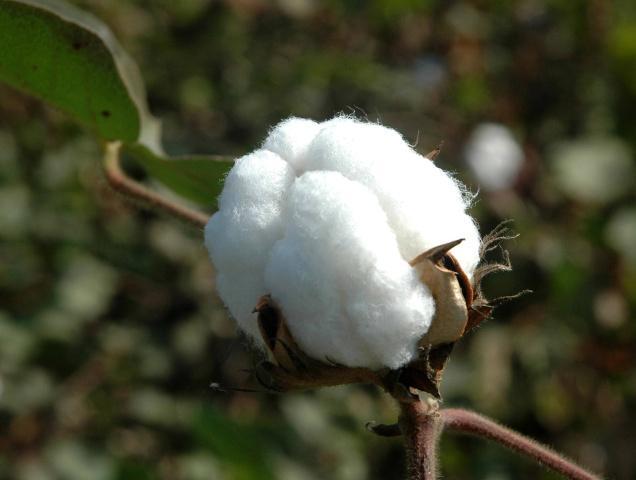
BY FIDELITY MHLANGA
COTTON growers have accepted the new producer price as long as buyers snap up their produce before the pricing model is undermined by runaway inflation.
Cabinet last week approved a cotton floor producer price of $43,94 per kg for the 2020-2021 cotton marketing season, which authorities said gives the farmer a 15% return and ensures viability of the industry. The $43,94 per kg producer price will be paid out in such a way that US$10 per each bale of cotton delivered, 38% of the value of a 200kg bale is paid in local currency cash and the balance transferred electronically to farmers’ mobile money wallet accounts.
Stewart Mubonderi, the Cotton Producers and Marketers Association chairman, encouraged cotton companies to start the buying process now to cushion farmers from inflation.
“It’s an attractive price, considering that most farmers get free inputs,” Mubonderi said.
“Hopefully cotton buyers will start buying soon before the money is eroded by inflation.
“Farmers have started delivering cotton to the buying points.
“Cotton players must employ more clerks to expedite the buying process and decongest buying points.”
- Chamisa under fire over US$120K donation
- Mavhunga puts DeMbare into Chibuku quarterfinals
- Pension funds bet on Cabora Bassa oilfields
- Councils defy govt fire tender directive
Keep Reading
Inflation reached a post-dollarisation high of 765.57 % in April with prices of goods and services skyrocketing at an astounding rate.
Authorities say the current cotton producer price and provision of inputs support in the production of cotton is part of government’s social protection and provision of safety nets programme to alleviate the plight of marginalised rural farmers.
The government, through Cottco, is rolling out free cotton inputs to about 400 000 households constituting 90% of total cotton farmers.
The remainder is grown under contract through companies such as Southern Cotton, Alliance and Zimbabwe Cotton Consortium, among others.
Shadreck Makombe, the Zimbabwe Commercial Farmers’ Union president, said this year’s cotton producer price would allow farmers to recoup their investments.
Makombe urged farmers to desist from side-marketing their produce after receiving free inputs.
“Prices are reasonable if only farmers can quickly deliver so that at least they can get money before prices of goods go up,” he said.
“Otherwise it helps people to budget and pay for labour and other expenses.
“We also discourage farmers from side-marketing considering the lucrative price is complemented by the fact that all inputs were provided for to the farmers by respective contractors.”
In 2018 prices started at US$0,49 cents per kg and went up to US$0,52 cents per kg.
Last year prices started at $1,90 per kg and rose $3 per kg (US$0,31).
Mubonderi said the central bank must reconsider its decision to clamp down on mobile money operators as this would affect payments to farmers.
“The Reserve Bank of Zimbabwe must reconsider its decision on mobile money merchants as this can affect cotton buyers,” he said.
“We have genuine people doing business and they must not be affected.
“People involved in black market activities are known and the central bank must open a hotline where we report such people.”
Zimbabwe’s cotton production took a tumble in 2009 due to climate change, low producer prices, side-marketing; inputs diversion and knowledge gap among cotton farming.
According to a report prepared by United Nations Conference on Trade and Development consultant Godfrey Buka, cotton production dwindled to 207 000 tonnes in 2009.
However, as a result of organised input support given through a regulated distribution system, the long-term average national production increased to 250 000 tonnes from 2009 onwards. Production once again went beyond 350 000 tonnes in 2012. It went on a free fall to 145 000 tonnes in 2012/13 and to 134 000 tonnes in 2013/14 and in 2014/15 there was a further downward spiral to 104 000 tonnes.
In 2015/2016 cotton production plunged to 80 000 tonnes.
During that season, government started sponsoring a free inputs scheme to the tune of US$26 million to boost cotton production, which has seen nearly 400 000 farmers benefit from free inputs.
Contractors have tended to scale down their investment in production inputs because of rampant side-marketing.











